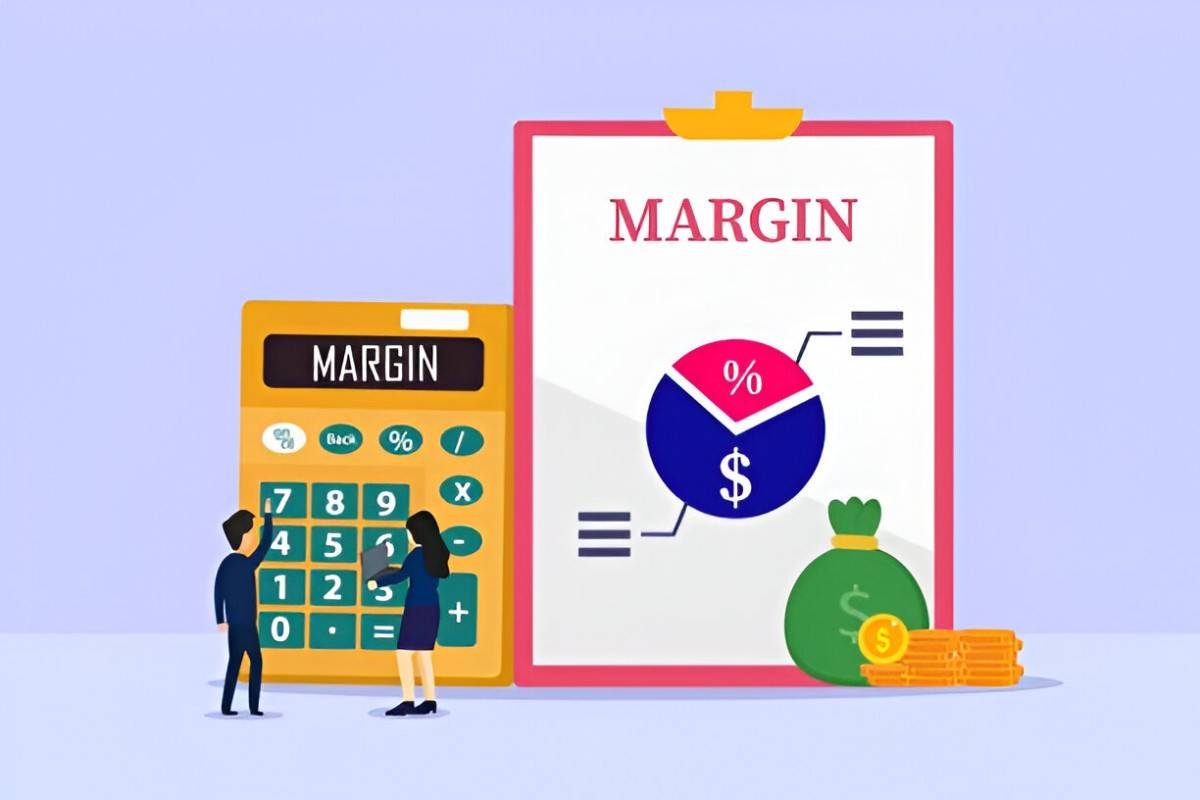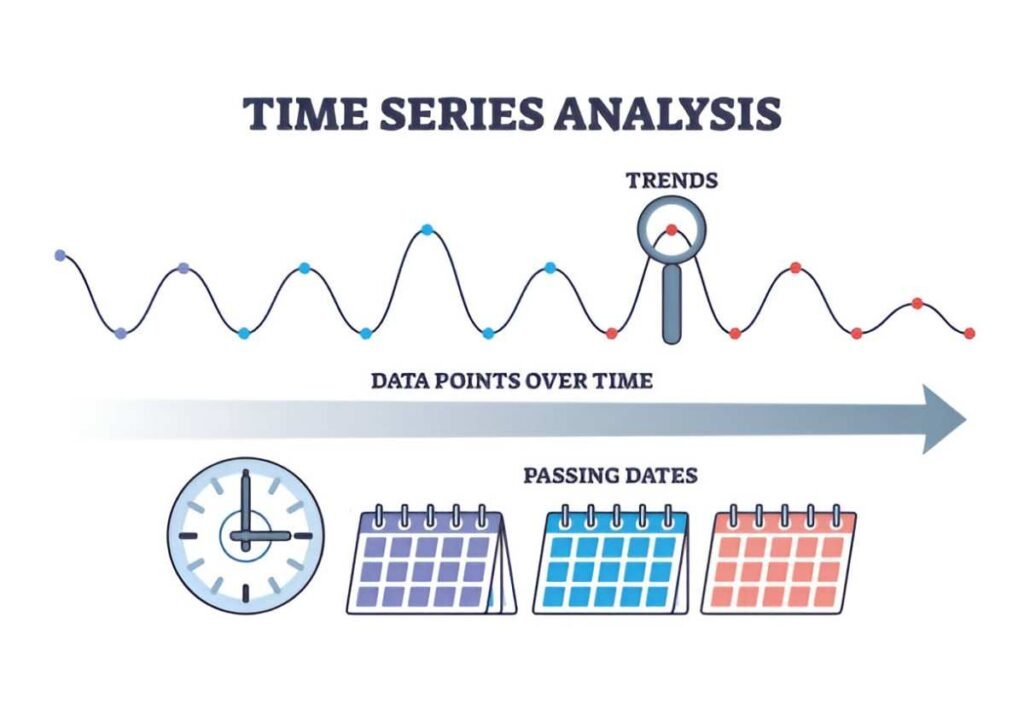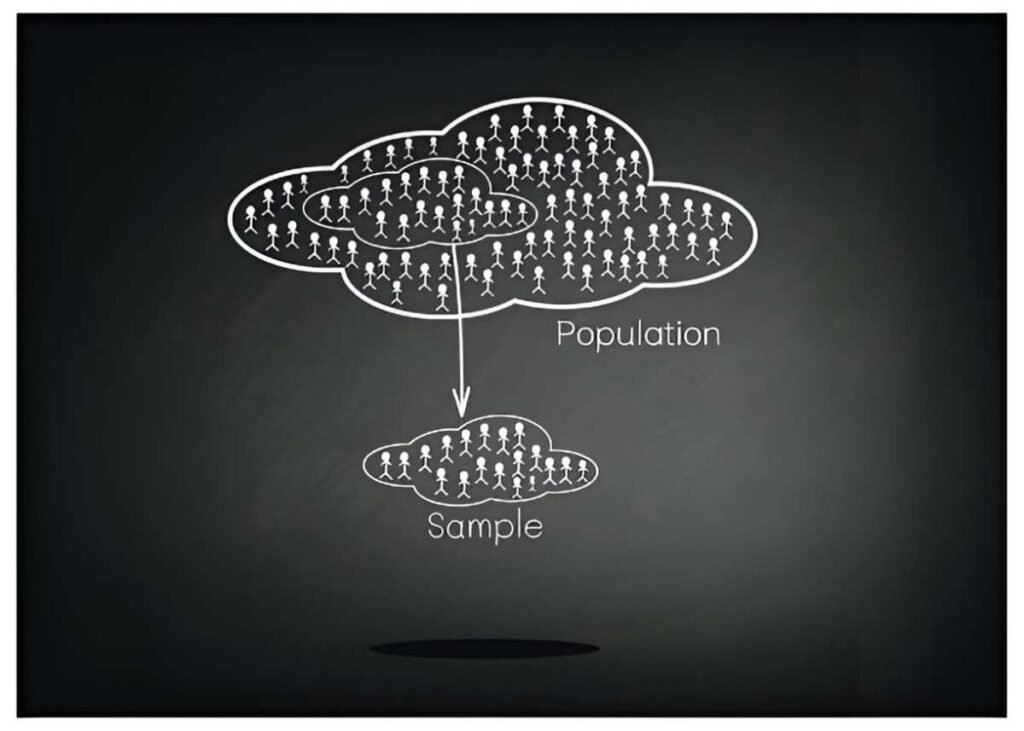Understanding financial jargon can feel like deciphering a foreign language. Terms like “sales margin mix variance” often intimidate even seasoned professionals. But I believe that breaking down these concepts into plain English can empower anyone to grasp their significance. In this article, I will demystify sales margin mix variance, explore its importance, and show you how to calculate it with practical examples. By the end, you’ll have a solid understanding of this critical financial metric and how it impacts business decisions.
Table of Contents
What Is Sales Margin Mix Variance?
Sales margin mix variance is a financial metric that measures the difference between the expected and actual profit margins due to changes in the proportion of products sold. In simpler terms, it tells us how much of the change in profit margins is due to selling more or less of certain products compared to what was planned.
For example, if a company sells two products—Product A with a high profit margin and Product B with a low profit margin—the overall profit margin will depend on the mix of these products sold. If the company sells more of Product A than expected, the overall profit margin will increase. Conversely, if it sells more of Product B, the overall profit margin will decrease. Sales margin mix variance quantifies this effect.
Why Is Sales Margin Mix Variance Important?
Understanding sales margin mix variance is crucial for businesses because it helps identify how product mix changes impact profitability. It provides insights into whether the company is optimizing its product portfolio to maximize profits. By analyzing this variance, businesses can make informed decisions about pricing, marketing, and production strategies.
For instance, if a company notices that its sales margin mix variance is unfavorable, it might reconsider its sales strategy to focus on higher-margin products. Alternatively, it might explore ways to improve the profitability of lower-margin products.
Breaking Down the Components
To understand sales margin mix variance, we need to break it down into its key components:
- Sales Volume Variance: This measures the difference between the actual and budgeted sales volume, holding the product mix constant.
- Sales Mix Variance: This measures the difference between the actual and budgeted product mix, holding the sales volume constant.
- Sales Margin Variance: This measures the difference between the actual and budgeted profit margins, considering both volume and mix changes.
Sales margin mix variance is a subset of sales margin variance, focusing specifically on the impact of changes in the product mix.
The Mathematical Formula
The formula for sales margin mix variance is:
\text{Sales Margin Mix Variance} = (\text{Actual Mix Percentage} - \text{Budgeted Mix Percentage}) \times \text{Budgeted Margin} \times \text{Total Actual Units Sold}Let’s dissect this formula:
- Actual Mix Percentage: The proportion of a specific product in the total sales mix.
- Budgeted Mix Percentage: The planned proportion of a specific product in the total sales mix.
- Budgeted Margin: The planned profit margin for the product.
- Total Actual Units Sold: The total number of units sold across all products.
This formula helps us quantify the impact of changes in the product mix on the overall profit margin.
A Practical Example
Let’s consider a hypothetical company, XYZ Corp, that sells two products: Product A and Product B. Here’s the budgeted and actual data for a given period:
| Product | Budgeted Units | Budgeted Mix Percentage | Budgeted Margin per Unit | Actual Units | Actual Mix Percentage |
|---|---|---|---|---|---|
| A | 1,000 | 50% | \$20 | 1,200 | 60% |
| B | 1,000 | 50% | \$10 | 800 | 40% |
First, let’s calculate the sales margin mix variance for Product A:
\text{Sales Margin Mix Variance for Product A} = (60\% - 50\%) \times \$20 \times 2,000 = 10\% \times \$20 \times 2,000 = \$4,000Next, let’s calculate the sales margin mix variance for Product B:
\text{Sales Margin Mix Variance for Product B} = (40\% - 50\%) \times \$10 \times 2,000 = -10\% \times \$10 \times 2,000 = -\$2,000The total sales margin mix variance is the sum of the variances for both products:
\text{Total Sales Margin Mix Variance} = \$4,000 + (-\$2,000) = \$2,000This positive variance indicates that the change in the product mix increased the overall profit margin by \$2,000.
Interpreting the Results
In this example, the favorable sales margin mix variance of \$2,000 suggests that selling more of Product A (which has a higher profit margin) and less of Product B (which has a lower profit margin) benefited the company. This insight can guide future sales strategies, such as promoting Product A more aggressively or finding ways to improve the profitability of Product B.
Factors Influencing Sales Margin Mix Variance
Several factors can influence sales margin mix variance:
- Consumer Preferences: Changes in consumer demand can shift the product mix. For example, a sudden trend might increase the sales of a high-margin product.
- Marketing Efforts: Promotions and advertising can influence which products customers buy. A successful campaign for a high-margin product can improve the sales mix.
- Pricing Strategies: Adjusting prices can affect the attractiveness of different products. For instance, discounting a low-margin product might increase its sales volume but reduce the overall profit margin.
- Production Constraints: Limited production capacity might force a company to prioritize certain products, affecting the sales mix.
Understanding these factors can help businesses anticipate and manage sales margin mix variance effectively.
Comparing Sales Margin Mix Variance with Other Metrics
To gain a comprehensive understanding of profitability, it’s essential to compare sales margin mix variance with other related metrics:
| Metric | Focus Area | Formula |
|---|---|---|
| Sales Volume Variance | Impact of changes in sales volume | (\text{Actual Units} - \text{Budgeted Units}) \times \text{Budgeted Margin} |
| Sales Mix Variance | Impact of changes in product mix | (\text{Actual Mix Percentage} - \text{Budgeted Mix Percentage}) \times \text{Budgeted Units} \times \text{Budgeted Margin} |
| Sales Margin Variance | Overall impact on profit margins | \text{Actual Margin} - \text{Budgeted Margin} |
| Sales Margin Mix Variance | Impact of product mix on profit margins | (\text{Actual Mix Percentage} - \text{Budgeted Mix Percentage}) \times \text{Budgeted Margin} \times \text{Total Actual Units Sold} |
By analyzing these metrics together, businesses can pinpoint the exact drivers of changes in profitability.
Real-World Applications
Let’s explore how sales margin mix variance applies in real-world scenarios:
Retail Industry
In the retail industry, product mix plays a significant role in profitability. For example, a clothing retailer might sell both high-margin designer apparel and low-margin basic wear. If the retailer notices a favorable sales margin mix variance, it might indicate that customers are purchasing more designer items, boosting overall profitability. Conversely, an unfavorable variance might suggest a need to reevaluate pricing or marketing strategies for basic wear.
Manufacturing Sector
In manufacturing, sales margin mix variance can highlight the profitability of different product lines. For instance, an electronics manufacturer might produce both high-margin premium devices and low-margin budget models. A favorable variance could signal strong demand for premium products, while an unfavorable variance might prompt a review of the budget product line’s viability.
Service Industry
Even in the service industry, sales margin mix variance is relevant. Consider a software company offering both high-margin enterprise solutions and low-margin consumer products. A favorable variance might indicate successful upselling to enterprise clients, while an unfavorable variance could suggest a need to enhance the consumer product’s value proposition.
Challenges in Calculating Sales Margin Mix Variance
While sales margin mix variance is a valuable metric, calculating it comes with challenges:
- Data Accuracy: Accurate calculations require precise data on actual and budgeted sales volumes, mix percentages, and profit margins. Any discrepancies can lead to misleading results.
- Complex Product Portfolios: Companies with extensive product lines might find it challenging to track and analyze the mix for each product.
- External Factors: Economic conditions, competitor actions, and market trends can influence the product mix, making it difficult to isolate the impact of internal strategies.
Despite these challenges, businesses can overcome them by investing in robust data management systems and regularly reviewing their sales strategies.
Strategies to Optimize Sales Margin Mix Variance
To optimize sales margin mix variance, businesses can adopt the following strategies:
- Product Portfolio Analysis: Regularly review the profitability of each product and adjust the mix accordingly. Focus on promoting high-margin products while finding ways to improve the profitability of low-margin ones.
- Pricing Adjustments: Experiment with pricing strategies to make high-margin products more attractive or to increase the perceived value of low-margin products.
- Marketing Focus: Tailor marketing efforts to highlight the benefits of high-margin products, encouraging customers to choose them over lower-margin alternatives.
- Customer Segmentation: Identify customer segments that prefer high-margin products and target them with personalized offers and promotions.
- Inventory Management: Ensure that high-margin products are always in stock to meet demand, while avoiding overstocking low-margin items.
By implementing these strategies, businesses can enhance their sales margin mix variance and overall profitability.
The Role of Technology in Analyzing Sales Margin Mix Variance
Advancements in technology have made it easier to analyze sales margin mix variance. Tools like enterprise resource planning (ERP) systems and customer relationship management (CRM) software provide real-time data on sales volumes, product mix, and profit margins. These tools enable businesses to:
- Track sales performance across different products and regions.
- Identify trends and patterns in customer behavior.
- Simulate the impact of changes in pricing, marketing, and product mix on profitability.
Leveraging technology can streamline the analysis process and provide actionable insights for optimizing sales margin mix variance.
Conclusion
Sales margin mix variance is a powerful metric that sheds light on how changes in the product mix impact profitability. By understanding and analyzing this variance, businesses can make informed decisions to optimize their product portfolios and enhance overall financial performance. While calculating sales margin mix variance comes with challenges, the insights it provides are invaluable for driving strategic growth.





